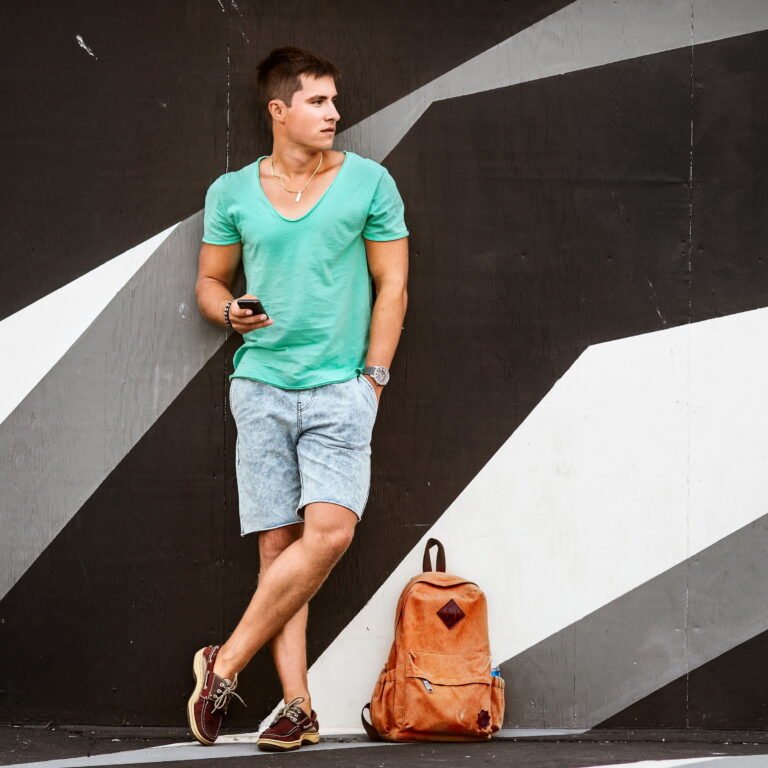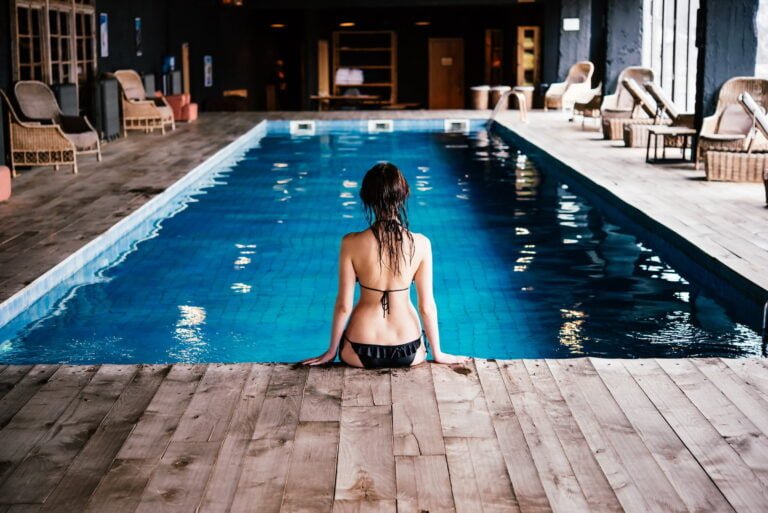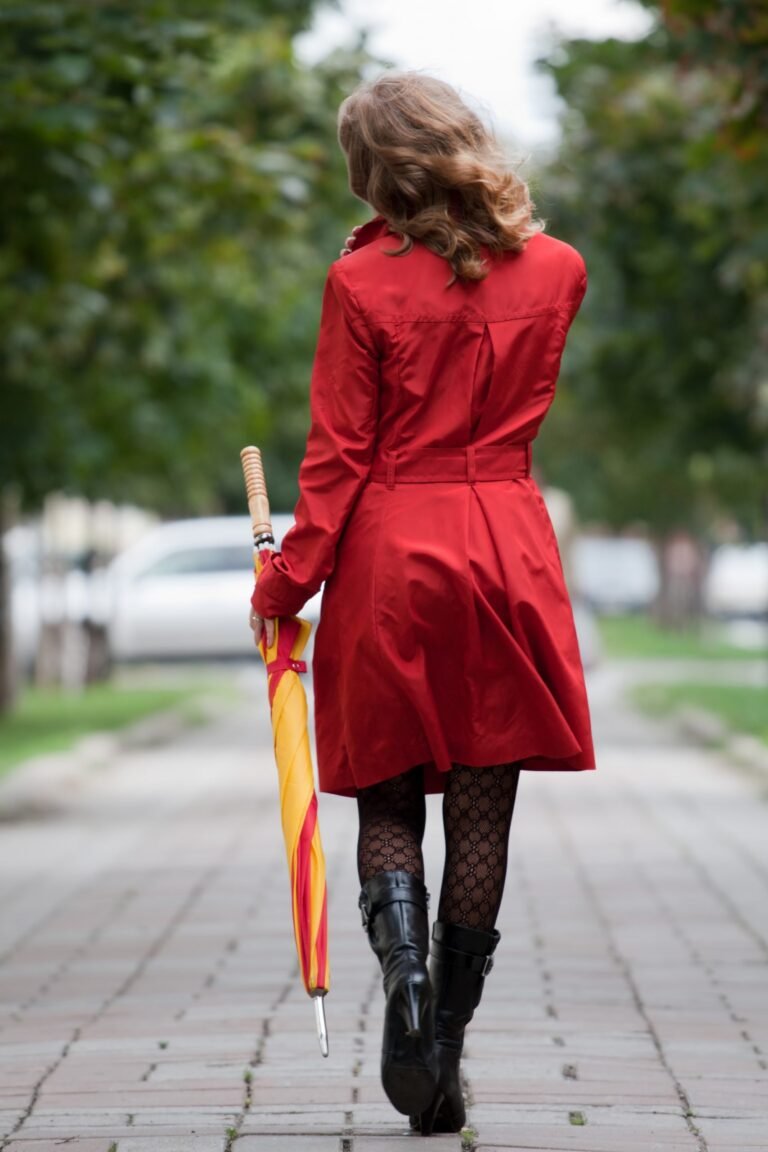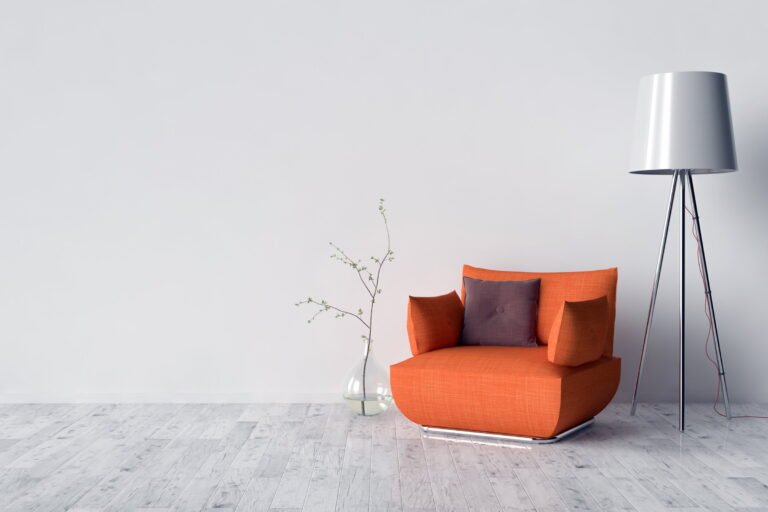Let’s be real. Driving Convertibles.
There’s just something different about driving a convertible.
It not just about feeling the wind in your hair or the sun on your face.
It a look.
It’s a vibe.
It’s a statement.
And I’m here to tell you:
Driving convertibles is 100% a fashion statement.
I’m not just saying that because I’ve driven a few myself (and loved every second of it).
I’m saying it because everywhere I look—movies, music videos, street corners—people in convertibles turn heads.
Let’s dive into why.
1. First Impressions Matter (And Convertibles Make a Big One)
Whether we like it or not, first impressions are a big deal.
And guess what?
Pulling up in a convertible says something before you even open your mouth.
It says: Driving Convertibles.
- You’re confident.
- You love having fun.
- You care about style.
I remember the first time I pulled into a parking lot in a convertible.
Heads turned.
People smiled.
Some even waved.
It wasn’t because of anything fancy I did.
It was the car.
Convertibles just have that effect. Driving Convertibles.
2. Convertibles Have a Long History of Style
The convertible has always been a symbol of cool.
From the classic Ford Mustangs of the 60s to today’s sleek BMWs and Audis, convertibles have been part of fashion history.
Thought about old Hollywood movies.
Think about music videos from the 90s.
Think about your favorite modern influencers.
You’ll find one thing in common:
At some point, they’re riding around with the top down, looking unstoppable.
Driving a convertible isn’t new.
It’s classic.
It’s timeless.
3. A Convertible Matches Your Outfit (Yes, Really)
Here’s a fun thought:
Your car is part of your outfit.
Think about it:
- If you’re rocking a sharp look, why not roll up in a sharp car?
- If you’re feeling chill in jeans and sneakers, a convertible still keeps that relaxed vibe going strong.
Some cars feel too stuffy.
Some feel too boring.
But a convertible?
It matches any look because it’s built for fun, freedom, and flair.
I once showed up to a summer event wearing just a basic white tee, denim shorts, and sunglasses.
Nothing fancy.
But because I stepped out of a convertible?
It looked like I planned the coolest outfit in town.
The car elevated the whole look.
4. The Freedom Vibe is Fashionable
Freedom looks good on everybody.
And nothing screams freedom louder than a convertible.
When you’re cruising with the top down, it shows the world you’re not boxed in.
You’re living life wide open.
That vibe?
It’s contagious.
It’s the same feeling you get when you see someone walking confidently down the street.
Or when you spot someone laughing loudly in a café.
Freedom, confidence, joy—those are always in style.
And driving a convertible shows them all at once.
5. It’s About How You Feel (Not Just How You Look)
Here’s a big truth: Driving Convertibles.
Fashion isn’t just about how you look to others.
It’s about how you feel inside.
Driving a convertible makes you feel different:
- You feel lighter.
- You feel cooler.
- You feel alive.
And when you feel good, you look good too.
It’s a simple equation:
Feeling good = Looking good.
That’s why convertibles are more than just cars.
They’re energy boosters.
When you drive one, you’re not just traveling—you’re vibing.
6. Different Convertibles for Different Moods
Not all convertibles are the same.
There’s a whole fashion wardrobe of convertibles out there.
Here’s a quick style guide:
Sporty Vibes
Think sleek and fast—like a Porsche 911 Cabriolet or a Mazda Miata.
Perfect if you love an athletic, energetic style.
Classy and Elegant
Think smooth and polished—like a Mercedes-Benz C-Class Cabriolet or an Audi A5.
Ideal for dressing up and making a fancy impression.
Cool and Retro
Think vintage and charming—like a classic Ford Mustang or VW Beetle convertible.
Great if you love standing out with a little old-school twist.
Laid-back and Chill
Think fun and easy—like a Jeep Wrangler or a Mini Cooper Convertible.
Awesome if you love adventure and casual cool.
No matter what your personal style is, there’s a convertible that fits it.
And owning (or even renting) one lets you match your car to your mood, just like picking the perfect jacket.
7. Convertibles Are Made for Special Moments
Life’s too short for boring drives.
Some moments deserve a little extra magic:
- Summer road trips
- Weekend beach runs
- Prom night
- Graduation celebrations
- Just because it’s a sunny Saturday
I still remember one sunset drive I took in a convertible.
Music blasting.
Friends laughing.
Sky painted pink and orange.
It felt like a movie scene—and honestly, it looked like one too.
That’s the magic of convertibles.
They make regular moments unforgettable.
And unforgettable is always in style.
8. People Notice (And They Remember)
One thing I noticed pretty quickly?
People remember you when you drive a convertible.
Not because you’re trying to show off.
But because the experience stands out.
I’ve had people come up to me months later and say,
“Weren’t you the one in the red convertible that day?”
It’s not about bragging.
It’s about creating a moment, a memory.
And let’s be honest—fashion is all about making a statement that sticks.
Convertibles do that without even trying.
9. Owning a Convertible: Things You Should Know
Now, let’s get real for a second.
Convertibles are amazing.
But they come with some things you should know:
Weather Matters
Rain? Snow?
Convertible tops stay closed.
Sunny day?
Top down!
Care and Maintenance
Convertible tops need extra care.
You want to keep them clean and check for any damage.
It’s Not Always Private
With the top down, people can see and hear you.
(But hey, that’s part of the fun.)
Space is Smaller
Most convertibles have less trunk space.
So pack light!
Owning a convertible means embracing a little extra responsibility.
But trust me—it’s totally worth it.
10. Renting a Convertible: Try Before You Buy
Not ready to buy?
No problem.
Renting a convertible is an awesome way to dip your toes into the lifestyle.
Lots of car rental companies offer cool convertibles for the weekend or even just a day.
Take one for a spin.
Feel the vibe.
See how you like it.
Sometimes even one weekend is enough to understand the magic.
11. Convertibles on a Budget (It’s Possible!)
You don’t have to spend a fortune to live the convertible life.
There are lots of affordable options:
- Used Mazda Miatas
- Older Ford Mustangs
- Mini Cooper Convertibles
- Jeep Wranglers
You can find great deals if you’re willing to look around.
And honestly?
Even an older convertible can feel like pure gold when the top’s down and the sun’s out.
12. Convertibles Are About Confidence
At the end of the day, driving a convertible is about confidence.
It says:
- I’m here.
- I’m living.
- I’m loving every second.
That’s why it’s such a big fashion statement.
Because true fashion isn’t about wearing something expensive or following every trend.
It’s about owning who you are and showing it proudly.
Driving a convertible says,
“I know who I am. And I’m not afraid to show it.”
That’s real style.
Final Thoughts: Top Down, World Open
Driving a convertible isn’t just about getting from point A to point B.
It about how you show up.
It’s about how you feel.
It’s about making memories, turning heads, and living a little louder.
And yes, it’s 100% a fashion statement.
One of the best ones out there.
So next time you see a convertible rolling by, remember:
It’s not just a car.
It’s a lifestyle.
And if you ever get the chance to drive one—top down, sunglasses on, music up—take it.
You’ll never forget it.
And neither will anyone else.
Thanks for cruising through this with me! If you want, I can also whip up a fun bonus list: “Top 10 Best Convertibles to Boost Your Style” — just say the word!







